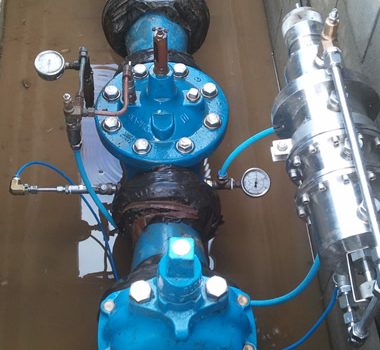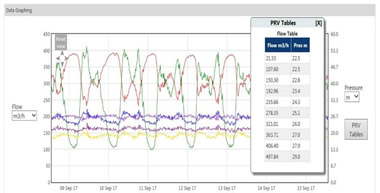Pressure management allows water utilities to increase their efficiency in water distribution by improving network performance. It allows pipeline distribution systems to operate at optimal levels ensuring a reliable and constant water supply and reducing water loss. The common factor in every system is that leakage is driven by pressure — increased pressure leads to increased leakage. Reciprocally, if the water pressure can be reduced, even for part of the day, the leakage will also be reduced. High pressure variations in the pipeline effects leakage and can strongly influence pipe burst frequency. Although there are many reasons for leakage such as corrosion, ground movements, etc. usually bursts are triggered by high and fluctuating pressure which could be avoided by efficient pressure management. Reducing and maintaining constant pressure (calming the network) is the single overall method of reducing overall leakage level, with older pipelines prime candidates for pressure management programs.
Detection Services provides a range of approaches to assist from installing pressure reducing valves (PRV’s), installing smart automated pressure controllers, to a more permanent solution by creating a pressure managed district meter area (DMA) which allows for a reduction in excessive pressures, a better understanding of system losses and to more effectively target non-revenue water (NRW) losses.
A pressure management program can have very real benefits from increased productivity to improved asset quality and environmental performance and is one of the fundamental elements of a leakage management strategy.
- Extend the lifecycle for water supply pipelines and network assets
- Improve the reliability and continuity of supply by reducing mains bursts
- Decrease water demand and leaks reducing non-revenue water loss (NRW)
- Minimise customer complaints, increase environmental performance and energy savings





